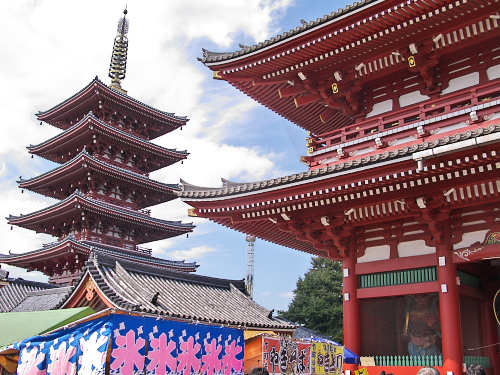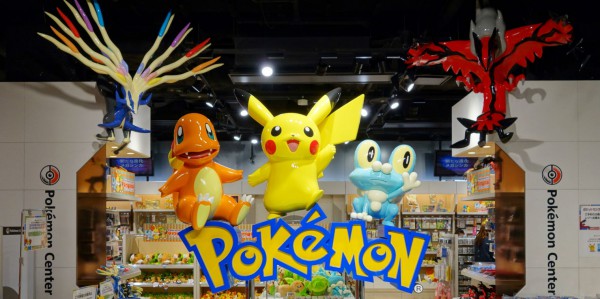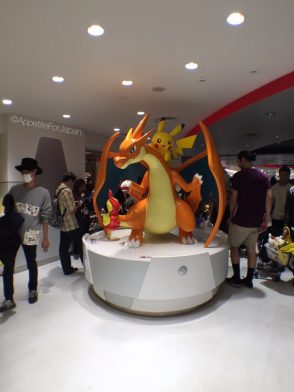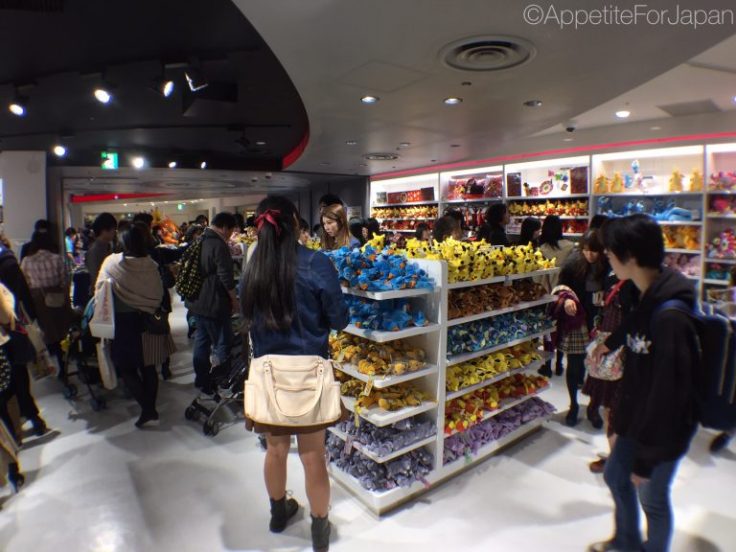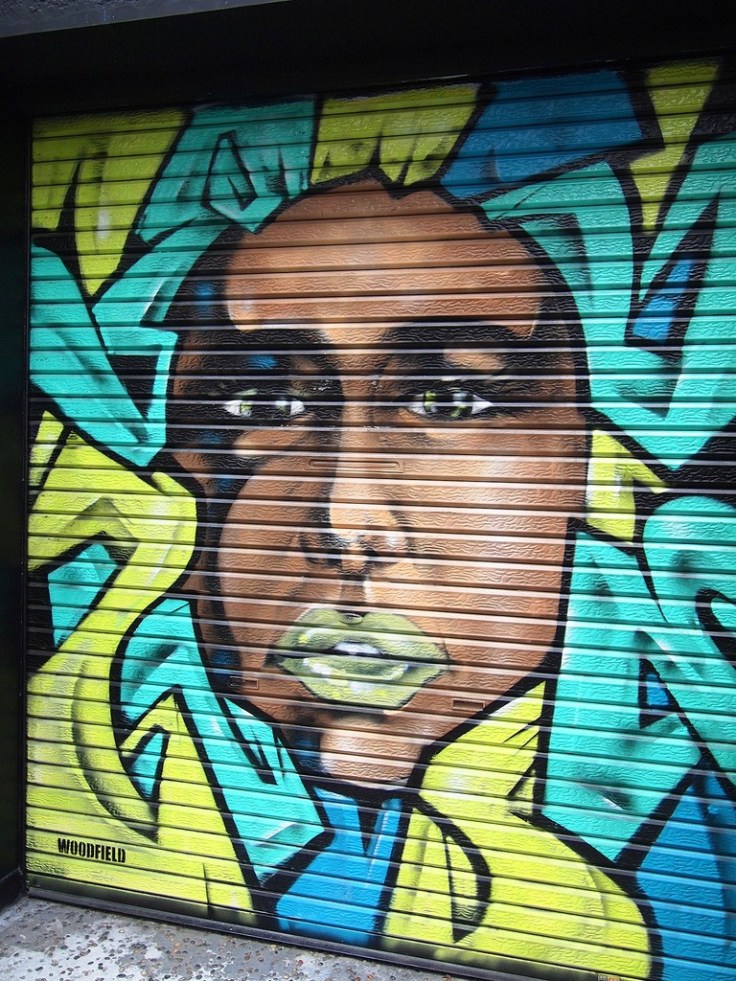Fine dining to me is the combination of premium quality food, top notch service from sharp-dressed wait staff and shiny cutlery in the ambiance of a fancy restaurant.
Turns out I was wrong. Unlike what I had envisioned, the traditional form of fine dining in Japan is carried out within the confines of a private setting, commonly known as a ‘tatami’ room. ‘Tatami’ refers to a straw mat where patrons seat or kneel on, over the course of dining. I guess you could call it a culture shock on my part as I do not have the practice of consuming my meals in a position which I consider to be somewhat ‘uncomfortable’.
A tatami room offers its patrons the intimacy of dining in privacy, away from other diners at the restaurant. However, dining within a tatami room comes with a caveat. Before entering the room, patrons are required to observe the rule of removing their footwear before indulging in an array of tantalising Japanese delights.
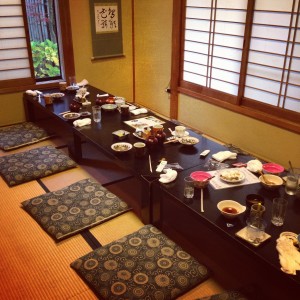
Picture Credit : http://yokotatravel.com/category/restaurants-near-here/
From my perspective, I feel that having a meal under such a setting would not only cast a feeling of isolation upon me (due to the privacy it provides), but also give me a great level of discomfort as I’m not used to dining while seated over a thinly layered mat placed over the ground.
However, I firmly believe that immersing oneself in a different culture is all part and parcel of the rewards of travelling. Dining in a tatami room while on a trip to Tokyo could eventually, turn out to be an experience of a lifetime filled with memories. It is thus on the onus of a traveller to adapt and accept another culture unlike his own in order to reap the full benefits of travel.





